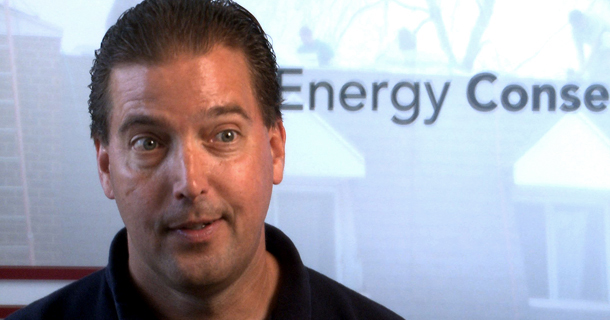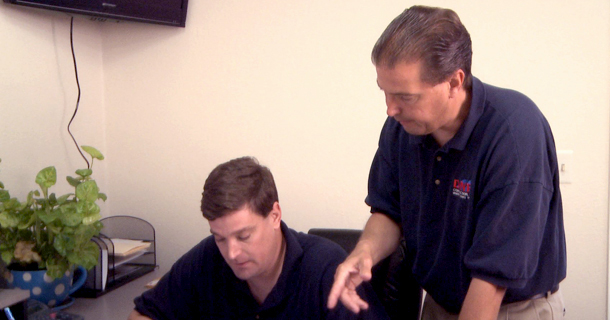Rick Helwig
Rick Helwig

Fourteen years ago, with the field of weatherization in its infancy, Rick Helwig saw an opportunity for innovation. He soon found himself taking the lead to help build a market for making homes more energy efficient.
Finding that leadership role "didn't take long because there weren't a lot of people in this industry," says Rick, who since 1997 has owned and operated DNR Construction in south suburban Oak Forest. "We focused on energy efficiency because we were good at it and thought there would be a market, since there are so many houses that need it."
Weatherization continues to gain momentum, due in part to federal and utility company incentives. Though air sealing and insulating a home saves significant energy and money, Rick finds that isn't the primary motivator for most of his customers.
"Our number one call comes from people wanting comfort, because they have two or three rooms that are just too cold or too hot," he says. "Our number two call comes from people wanting to save money on their energy bills. So you get both from weatherizing. Programs like Energy Impact Illinois provide grants for building owners to go ahead and weatherize their buildings. It's going to help us as a contractor to grow our business."

Led by the Chicago Metropolitan Agency for Planning (CMAP), Energy Impact Illinois is an alliance of government agencies, utility companies, and citizen advocacy groups working together to create a long-term market for improving the energy efficiency of the region's buildings. The effort is made possible through a $25 million grant from the U.S. Department of Energy (DOE) BetterBuildings Initiative.
As DNR has expanded, Rick's three brothers, two sisters, cousin, and brothers-in-law all joined him in what is truly a family business. Their main offices are located in his mother's basement.
His company is certified by the Building Performance Institute (BPI), which sets national standards for energy efficiency retrofit work. DNR begins its work with an energy audit to assess its "air infiltration number" -- "to let you know how leaky your house is," Rick says. His crew also uses a combustion analyzer to ensure that the furnace is running efficiently and safely. Then they're ready to improve the air sealing and add insulation.

The average resident spends about six percent of their income on energy bills, he says, with fuel costs continuing to increase. Rick expects the weatherization and retrofit business will only get bigger from here, and he hopes to see more programs that encourage energy efficiency.
Everyone shares the responsibility to conserve energy for generations to come, he says. "We need to start now figuring out ways to increase efficiency and to come up with clean energy. We need to consume less, and that's very important for our children's future and their children's future."
Read more about achieving energy efficiency in the GO TO 2040 comprehensive regional plan's recommendations to Manage and Conserve Water and Energy Resources and Support Economic Innovation.